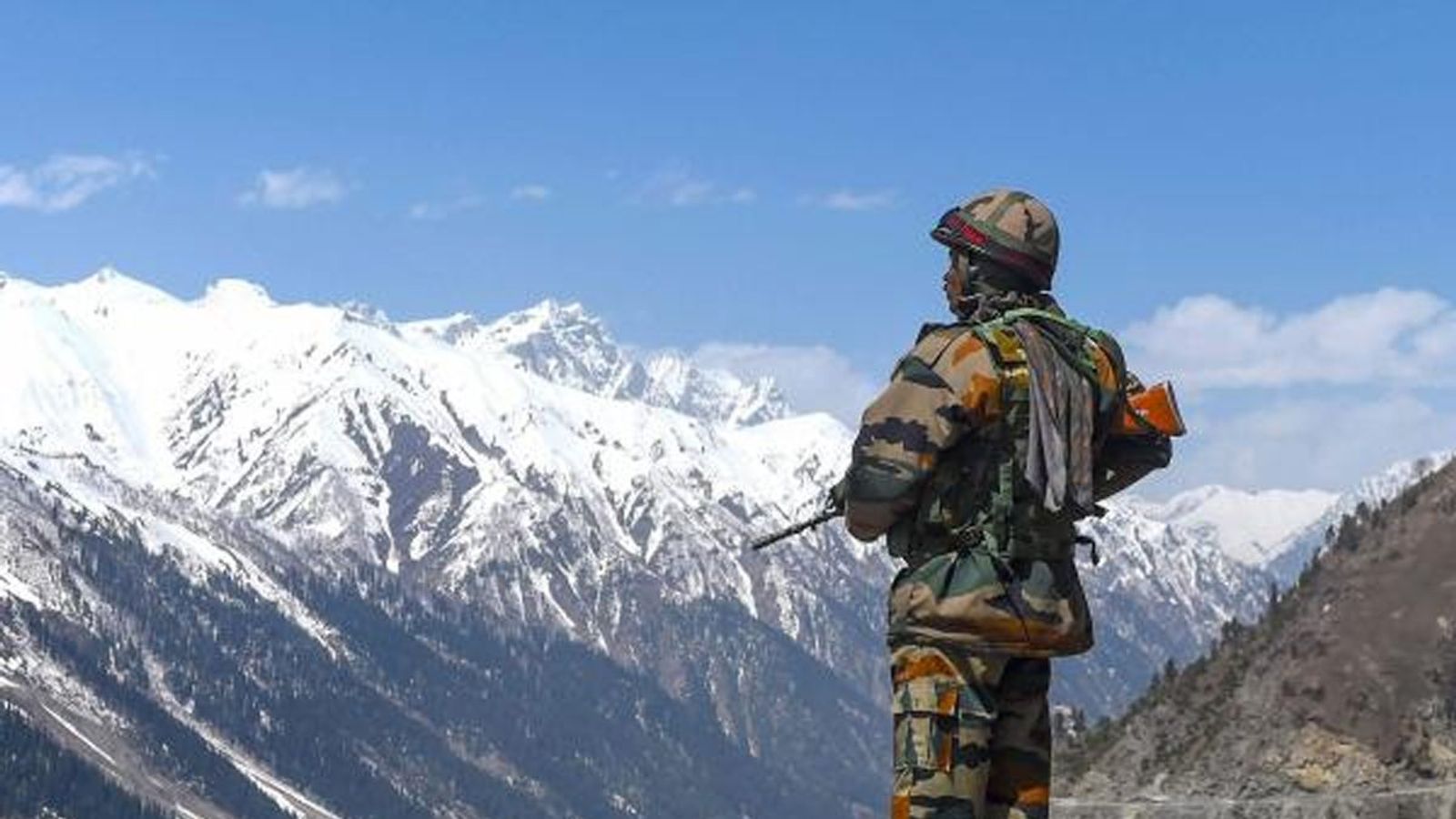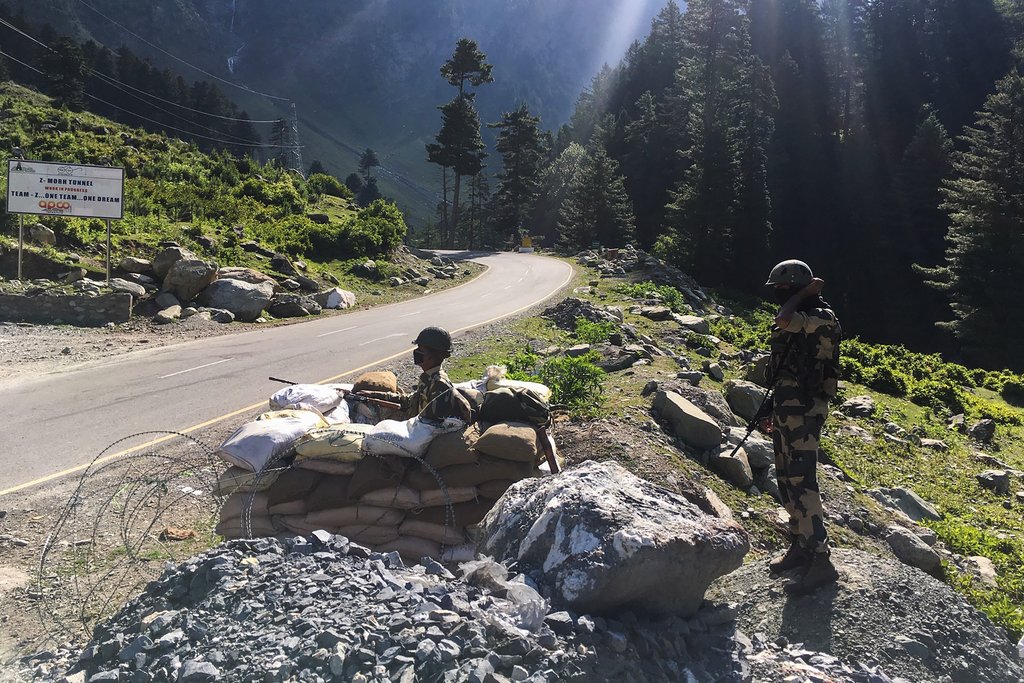PM Modi responds to ‘violent face-off’ with China over Himalayan border
 NEW DELHI : Prime Minister Narendra Modi has responded to the violent face-off, in which at least 20 Indian soldiers died and many more were injured, saying that India does not “instigate” and will not compromise on “integrity and sovereignty.”
NEW DELHI : Prime Minister Narendra Modi has responded to the violent face-off, in which at least 20 Indian soldiers died and many more were injured, saying that India does not “instigate” and will not compromise on “integrity and sovereignty.”
PM Modi has called an all-party virtual meeting on Friday to discuss the situation at the India-China border. Presidents of various political parties will participate in the meeting at 5 pm, the Prime Minister’s Office said this morning.
“India wants peace, but if instigated, India at all costs is capable of giving an appropriate response,” Modi warned in a strongly worded statement, which still left the door open for deescalation.
China also suffered casualties in the confrontation, the Indian army said, though neither side has released any figures.
It is the biggest confrontation between the two militaries after their 1967 clashes in Nathu La when India lost around 80 soldiers while over 300 Chinese army personnel were killed in the confrontation.
The casualties take both sides into uncharted territory at a time when the government’s attention is focused on fighting the COVID-19 crisis that appears to be ballooning by the day.
In a phone call on Wednesday with his Indian counterpart, Chinese Foreign Minister Wang Yi urged India to “strictly control its front line troops and immediately stop all provocative actions,” according to a statement released by the Chinese Foreign Ministry.
“The Indian side must not misjudge the current situation and must not underestimate China’s firm will to safeguard territorial sovereignty,” Wang was quoted as saying.
The incident is only the latest crisis for Modi, who is already facing intense criticism over his government’s handling of the corona virus pandemic, which has infected more than 354,000 people across the country, and killed nearly 12,000.
The incident occurred during a “deescalation process” underway in the Galwan Valley in the disputed Aksai Chin-Ladakh area, where a large troop buildup has reportedly been taking place for weeks now on both sides of the border, before senior military commanders began talks earlier this month.
The Indian army had earlier said three soldiers had died, but added late Tuesday that a further 17 troops “who were critically injured in the line of duty at the standoff location and exposed to sub-zero temperatures in the high altitude terrain have succumbed to their injuries.”
The deaths are the first military casualties along the two countries’ disputed border for more than 40 years. According to a source with the Indian armed forces, the deadly fight between soldiers started after Chinese troops erected a tent in the disputed area after the deescalation began, which Indian forces pulled down, leading to a heated exchange.
Grim clash that left at least 20 Indian soldiers dead near the Chinese border have begun to trickle out, revealing that soldiers used improvised weapons, including batons wrapped in barbed wire, during the high-altitude brawl. While China’s State media ran only a brief military statement confirming that there had been casualties but providing no further details. Indian media reported that the Chinese military also suffered many casualties.
Indian Media reported that the battle was fought in darkness on a narrow ridge overlooking the Galwan Valley in the Himalayas — more than 14,000 feet above sea level after Indian troops tried to verify that Chinese soldiers had honored a pledge to withdraw from a strategic position.
Before Monday’s fight erupted, the two nuclear armed neighbors had been discussing a mutual disengagement from a weeks-long stand-off at multiple points along the disputed 3,488 km border.
With tensions running high along the “line of actual control”, China’s foreign minister Wang Yi and his Indian counterpart S Jaishankar held phone talks on Wednesday aimed at preventing further violence. The Chinese foreign ministry said both sides agreed to “cool down the situation,” while India’s foreign ministry said they had agreed “neither side would take any action to escalate matters”.
But Foreign Minister S Jaishankar also accused Chinese troops of seeking to erect a structure in the valley “on our side of the line of actual control,” New Delhi said. China’s action “was directly responsible for the resulting violence and casualties,” he said, according to Indian officials.
It had been a rude wake-up call when India first observed Chinese troops pouring into the Galwan region in early May, leading to the first face-off on the night of May 5-6.
Beijing reiterated its position that Indian troops had crossed into Chinese territory and “provoked” the clash. “India should not misjudge the current situation or underestimate China’s determination to safeguard territorial sovereignty,” Mr Wang said, according to China’s foreign ministry.
Tensions over the undemarcated border have simmered since China and India fought a fully fledged war in 1962. But despite occasional flare-ups including violent brawls and confrontations between rival border patrols the conflict has not led to any fatalities since 1975.
Both Modi and Xi have used nationalist narratives, so even if they want to de-escalate public sentiment could make that difficult.
But Indian public anger towards China was mounting on Wednesday, with protests outside Beijing’s embassy in New Delhi. Indian social media also reverberated with calls for a boycott of Chinese goods.
Galwan has a role in historical memory of the Sino-Indian conflict as it was the first Indian post that was overwhelmed by the Chinese in summer of 1962 – and was one of the first markers of the start of the war.
Since then, Galwan had been a relatively peaceful area of the LAC, where Indian and Chinese patrol teams did not come face-to-face unlike other contentious sections, as per Indian military sources. The situation has changed now. (With Agency Inputs ).


